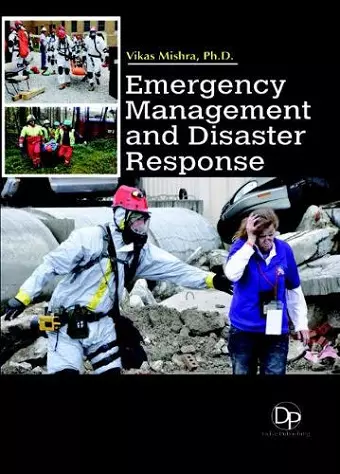Emergency Management and Disaster Response
Format:Hardback
Publisher:Delve Publishing
Published:30th Nov '16
Should be back in stock very soon

An emergency is an event that requires prompt co-ordination of action or special regulation of persons or property to protect the safety, health or welfare of people, or to limit damage to property. Some emergencies such as house fires happen frequently with localized impact. Others, such as floods and ice storms, are less common but have severe consequences on the community and the environment. Some emergencies, such as hurricanes, are predictable and offer time to prepare. Others, such as major traffic accidents and spills of hazardous material are unexpected and give no warning. The number, intensity, and consequences of emergencies and disasters—both in terms of people affected and financial costs—are increasing. Emergency management is the creation of plans through which communities reduce vulnerability to hazards and cope with disasters. Emergency management does not avert or eliminate the threats; instead, it focuses on creating plans to decrease the effect of disasters. Failure to create a plan could lead to human mortality, lost revenue, and damage to assets. Events covered by emergency management include acts of terrorism, industrial sabotage, fire, natural disasters (such as earthquakes, hurricanes, etc.), public disorder, industrial accidents, and communication failures. There is an ever increase in disasters frequency and types, which is affecting human population, making it as a widely recognized public health problem. Due to wide range human impact, governments have reason to effectively evaluate and manage disaster preparedness on the basis of post-disaster studies. The preparedness for emergency varies with each type of disaster, thus allowing structural and organizational development in the event of a particular emergency. There cannot be a basic method of emergency preparedness as each affected region has the differences at not only geographic locale, but also social, economic and baseline health conditions.
This book entitled Emergency Management and Disaster Response deals with the various types of emergency situations and the methods for developing a warning surveillance system for prevention and intervention. This book consolidates important information on disaster-related resources into one source. In order to avoid, or reduce significant losses, emergency managers should work to identify and anticipate potential risks, hopefully to reduce their probability of occurring. In the event that an emergency does occur, managers should have a plan prepared to mitigate the effects of...
ISBN: 9781680958164
Dimensions: unknown
Weight: unknown
250 pages